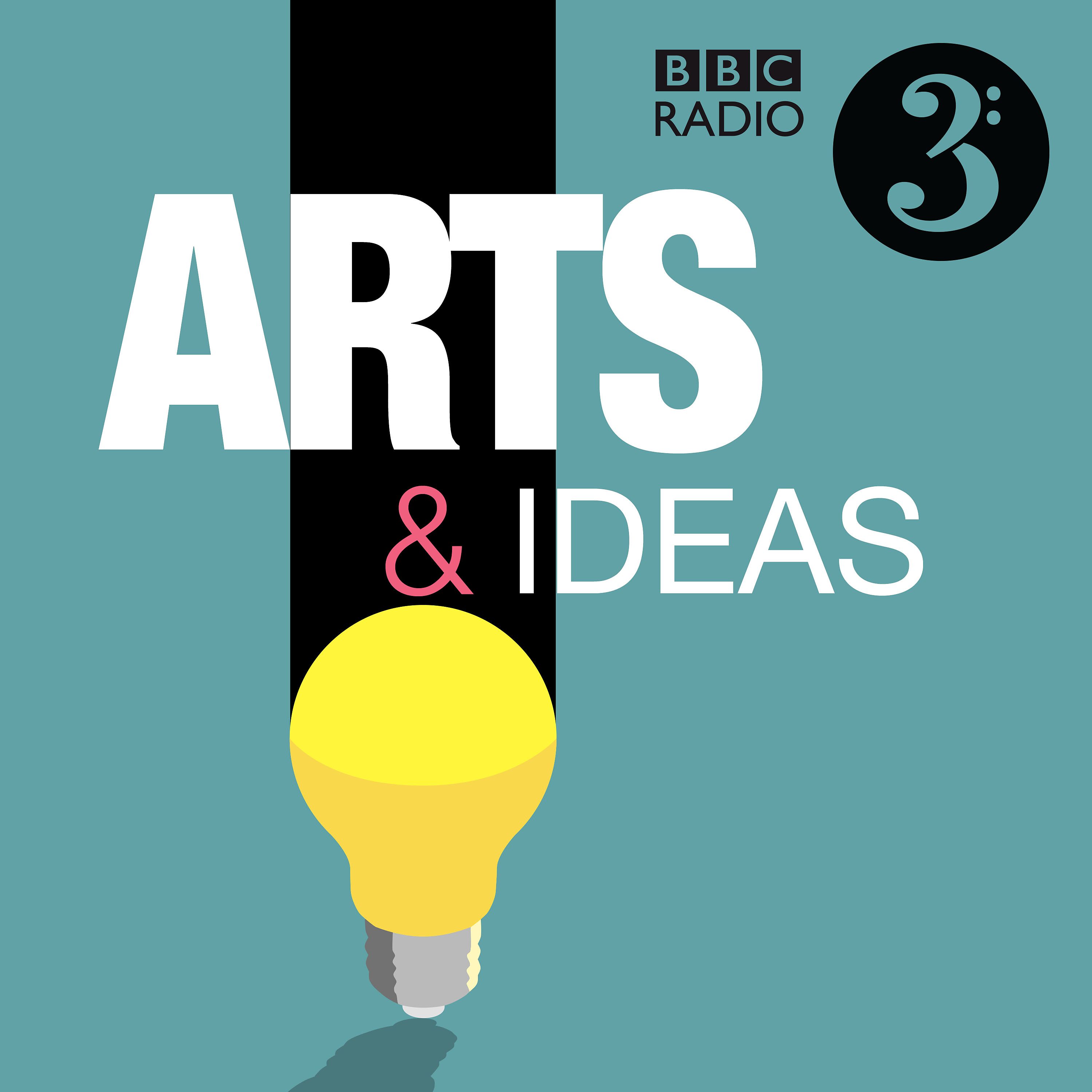- Culture
- SEE MORE
- classical
- general
- talk
- News
- Family
- Bürgerfunk
- pop
- Islam
- soul
- jazz
- Comedy
- humor
- wissenschaft
- opera
- baroque
- gesellschaft
- theater
- Local
- alternative
- electro
- rock
- rap
- lifestyle
- Music
- como
- RNE
- ballads
- greek
- Buddhism
- deportes
- christian
- Technology
- piano
- djs
- Dance
- dutch
- flamenco
- social
- hope
- christian rock
- academia
- afrique
- Business
- musique
- ελληνική-μουσική
- religion
- World radio
- Zarzuela
- travel
- World
- NFL
- media
- Art
- public
- Sports
- Gospel
- st.
- baptist
- Leisure
- Kids & Family
- musical
- club
- Health & Fitness
- True Crime
- Fiction
- children
- Society & Culture
- TV & Film
- gold
- kunst
- música
- gay
- Natural
- a
- francais
- bach
- economics
- kultur
- evangelical
- tech
- Opinion
- Government
- gaming
- College
- technik
- History
- Jesus
- Health
- movies
- radio
- services
- Church
- podcast
- Education
- international
- Transportation
- Other
- kids
- podcasts
- philadelphia
- Noticias
- love
- sport
- Salud
- film
- and
- 4chan
- Disco
- Stories
- fashion
- Arts
- interviews
- hardstyle
- entertainment
- humour
- medieval
- literature
- alma
- Cultura
- video
- TV
- Science
- en
Poetry and Science: A 19th century metre on the (uni)verse

Astrophysicist Dame Jocelyn Bell-Burnell, poets Sam Illingworth and Sunayana Bhargava, and C19 expert and New Generation Thinker Greg Tate from the University of St Andrews join Anne McElvoy to discuss the parallels between poetry and Victorian laboratory work. Dame Jocelyn Bell-Burnell, is perhaps most famous for first discovering Pulsars - strange spinning massively dense stars that emit powerful regular pulses of radiation. she has been President of the Royal Astronomical Society and the Institute of Physics, and more recently was recipient of the Special Breakthrough Prize in Fundamental Physics. Alongside, she collects poetry related to Astronomy. Greg Tate's next book looks at the physical and metaphysical part of rhythm in verse by C19 physical scientists. Sam Illingworth's book "Sonnet to Science" looks at several scientists who have resorted to poetry in their work. Sunayana Bhargava works at University of Sussex studying distant galactic clusters, and is also a practising poet. Previously she was Barbican young Poet. You can hear Greg discussing the 19th-century scientist and mountaineer John Tyndall in a Free Thinking programme which also looks at mountains through the eyes of artist Tacita Dean https://www.bbc.co.uk/programmes/b0b3fkt3 and a short feature about poetry and science in the 19th century https://www.bbc.co.uk/programmes/b04n2zcp Tristram Hunt, Director of the V&A Museum and Sir Paul Nurse, Director of the Francis Crick Institute, debate the divide and the links between arts and science in a Free Thinking debate recording at Queen Mary University London https://www.bbc.co.uk/programmes/m0001f5f Producer: Alex Mansfield.